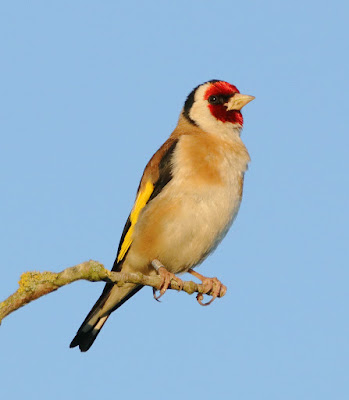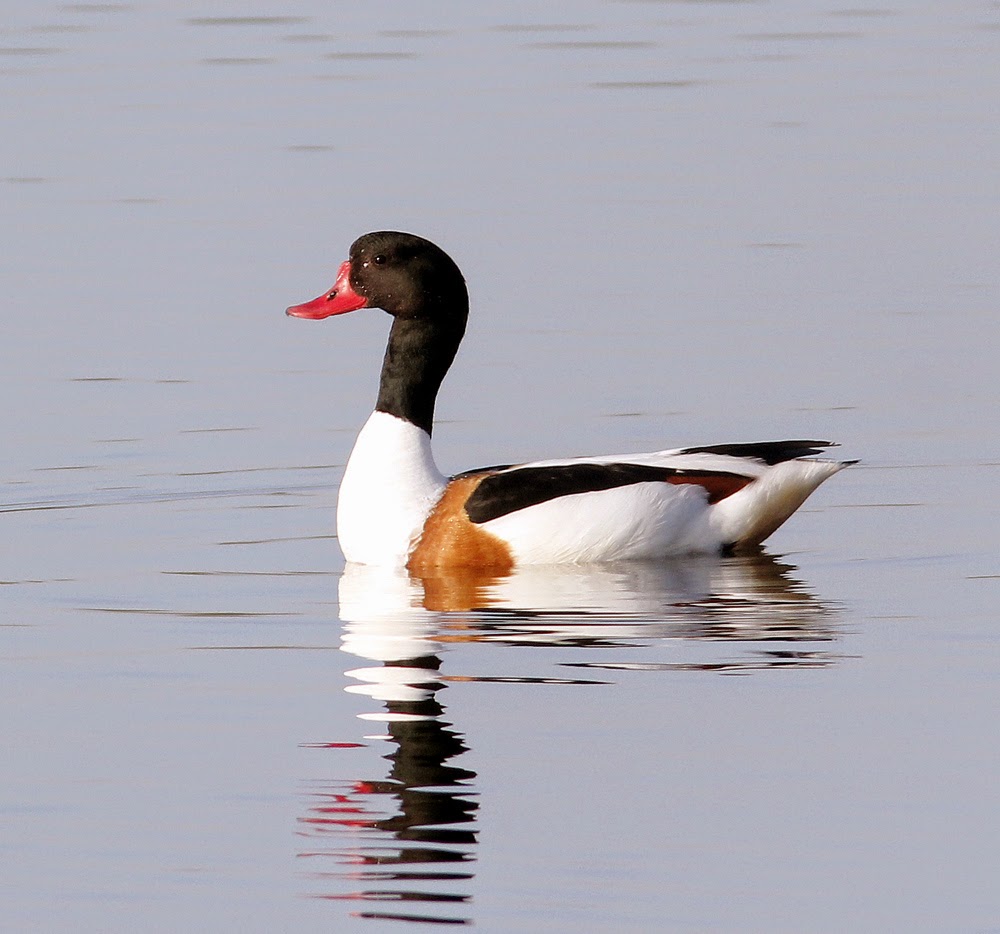Things didn’t go quite as planned this morning. The forecast for Oakenclough was reasonable - 7mph, cloudy with a chance of rain, but up beyond Garstang I drove through fog and mizzzle, a ringer’s enemies.
Within minutes of meeting Andy up at the ringing site a heavy mist had closed in and enveloped the plantation. After a forty minute drive we don’t give in that easily so we set the nets and waited for birds to arrive.
The fog proved slow to clear with little in the way of passerine migration as reflected in our catch of just 21 birds, albeit with a few interesting highlights.
Birds ringed: 4 Goldcrest, 3 Redwing, 3 Blackbird, 3 Blue Tit, 2 Dunnock, 2 Great Tit, 2 Chaffinch, 1 Wren and 1 Sparrowhawk.
The Sparrowhawk was a first year male of quite small proportions.
Sparrowhawk
Despite the lack of large scale migration there was a mid-morning influx of 12-15 Blackbirds, including two obvious “continental” types, identified by their all dark bills and scalloped breast feathers.
Continental Blackbird
There was distinct lack of finches this morning. I cannot remember the last occasion we caught zero Goldfinch or Lesser Redpoll at this site. We made do with a couple of Chaffinches, the only finch seen and heard this morning, the one below a fine looking adult male.
Chaffinch
Chaffinch
Two out of the three Redwings were caught pre-dawn and were probably roosting nearby. The third appeared in the nets after a mid-morning arrival of circa 30 Redwings, the only flock we saw.
Redwing
The one migration feature of the morning was a very obvious movement of Woodpigeons on a North-East to South-West heading, with a count of 1200 including five flocks of 130+ and one that numbered a high-flying 300 individuals.
Every year sees discussion around the migration spectacle of Woodpigeons but it is unclear where these birds are coming from or going to. They seem to appear along the east coast and the Pennines, but aren’t seen coming in off the sea. They travel south and upon reaching the south coast head west as far as Dorset. Once here they seem to disappear.
At present there are two schools of thought. The post-breeding numbers of this species in autumn in Britain are truly huge and the pigeons’ movements may be British birds heading south and west for the relatively mild conditions that this part of the UK offers, although there doesn’t seem to be a large influx of Woodpigeons into Devon and Cornwall during November. Alternatively they may be British birds that are heading south and on to France and Spain to spend the winter in southern oak woods. On occasions in autumn, good numbers have been seen flying south, high over the Channel Islands.
Woodpigeons
Whatever the reason, there’s no doubt it is a thought provoking sight. The much maligned and mostly ignored Wood Pigeon is a subject worthy of study by birders.
Woodpigeon
























































































